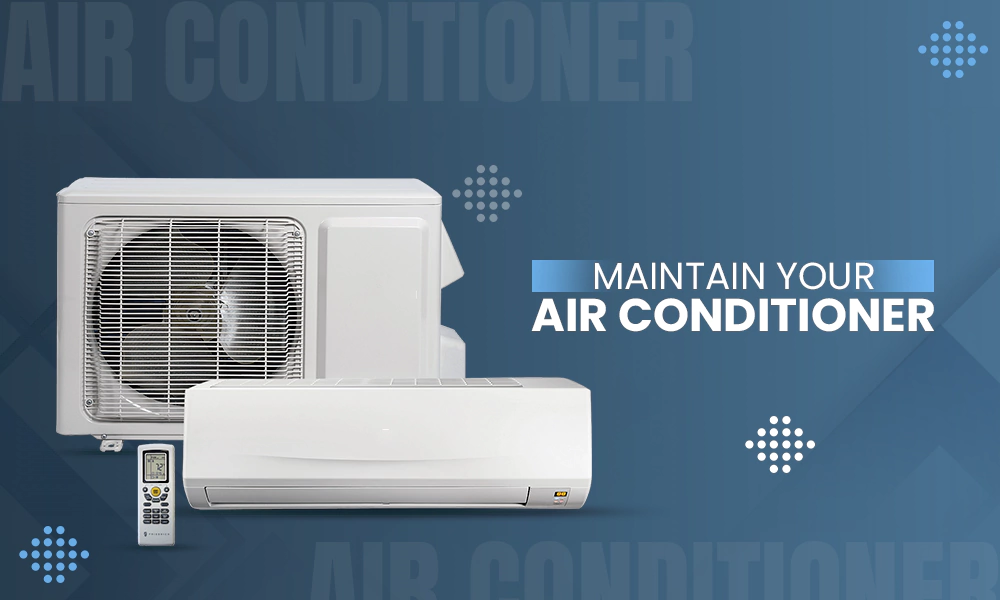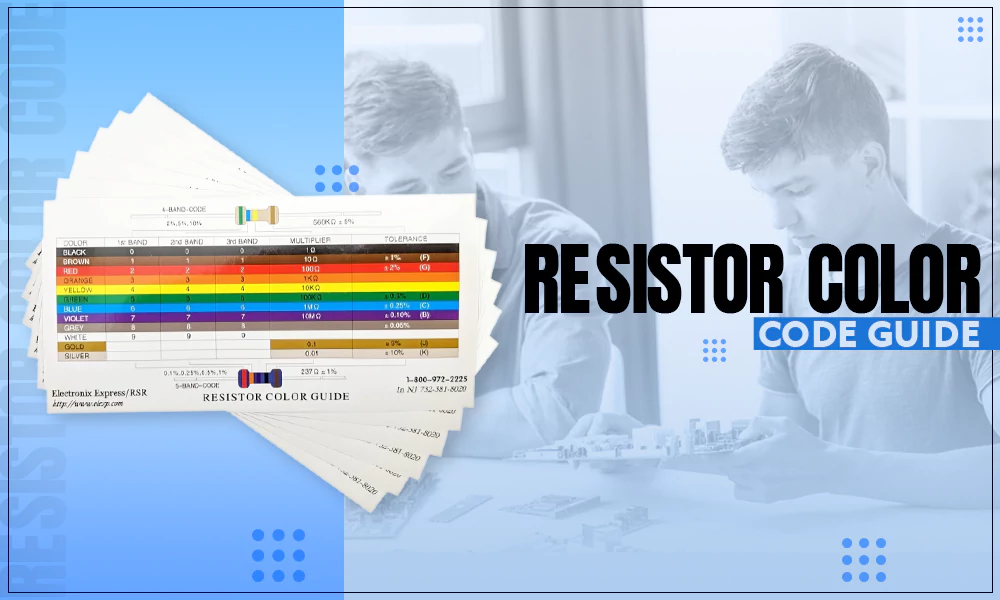How Tech Companies Can Use Wearables for Early COVID-19 Detection

These days, with things reopening after the pandemic, there is a need for faster detection mechanisms for COVID-19. This is because any patients need to be diagnosed and get the appropriate treatment as early as possible. As you can see on the news all over your Charter Spectrum cable, just one person can spread the disease to a whole area. Therefore, they need to be isolated as soon as possible to prevent them from spreading the virus to others. The regular PCR tests which are the industry standard these days are not cheap and also involve a bit of discomfort, so it’s not viable to carry them out every day. Therefore, you need some sort of alternatives.
The tech industry is working on non-invasive devices which can help with this dilemma. The good thing is that they already have a whole sector for wearables and fitness detectors. They just have to reorient them a bit to detect COVID indications. Many companies have already done this over the past year or so and shifted the focus of their wearables from fitness to health, particularly respiratory health. Here are a few ways they’re working on this.
Check Temperature
A fever is a fairly obvious indicator that something is not right with your body. However, it’s a hassle to constantly get out your thermometer and check your temperature every single day. Instead, tech companies are working on temperature-monitoring patches, which give feedback to your devices and let you know if you have a fever. These patches can be worn at all times, and are not bulky at all.
Therefore, you can use these to keep an eye on your temperature and try to identify the cause of any fever you may get.
Monitor Cardiovascular Health
Many wearable devices already let you do this, particularly fitness trackers. They track your heart rate, both at rest and when you’re exercising. This sets a few baseline levels which the device will consider as your normal heart rates. Therefore, when your heartbeat goes beyond this baseline, the device lets you know, and you can take the appropriate action.
This also helps detect stress and panic attacks, so a cardiovascular health tracker is great for identifying and tackling all sorts of issues.
Check SPO2 Levels
Many devices did not have these sensors before the pandemic hit. However, most of the fitness bands that came out during this time have an SPO2 detector. This checks your Oxygen saturation, which is one of the important values in COVID-19 detection and treatment. If your saturation falls below the high 90s, then you may need medical attention, even if it’s just to be on the safe side. Tech companies are currently working on making these as accurate as possible, and are improving on them with time.
Monitor Respiratory Indicators
Apart from SPO2 levels, there are other respiratory indicators wearables can detect. These include how deeply you breathe, what your breathing patterns are during your sleep, and whether you seem stressed. This can help you catch any problems well in advance, and get the right professional treatment if needed.
These companies are particularly focused on respiratory indicators these days, because of the way the pandemic is dominating how the world currently works.
How Tech Companies Are Reorienting Their Algorithms for COVID-19
Previously most tech companies focused their wearable devices on the fitness and exercise industry. Now, they’re reorienting this focus towards health, as the COVID pandemic has made it obvious that there’s a market for such devices.
Therefore, many companies are working with scientific experts in these fields to create sensors that are as accurate as possible. These devices are expected to get even more sensitive and accurate over time, with research and development poured into them. Soon, you can get early diagnoses of multiple serious diseases with these wearables, so that you can treat them early on for a better quality of life.
How Reliable Are These Wearables?
Currently, many of these wearables are still in the works. Therefore, their accuracy is not at par with medical-grade devices. However, tech companies are constantly working on developing sensors that work well in non-lab environments and are as accurate as they can be in real-time situations.
The current iterations of these devices can be considered as early prototypes, and their feedback will be used to make future versions more accurate and reliable. In some cases, they may even alert medical emergency numbers in case your vitals act up.
To sum up, while wearables such as temperature-monitoring patches and fitness trackers are serving well for basic values, they will soon be more accurate and sensitive. This will make them perfect for detecting diseases like COVID-19 early on for proper treatment and management.










